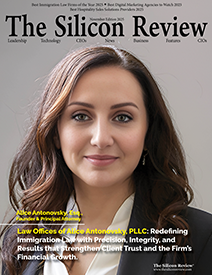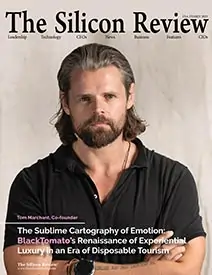>>
Industry>>
Legal>>
The Legal Balancing Act behind...The Legal Balancing Act behind America’s Most Polarizing Clients
The Silicon Review
18 April, 2025
Quinn Emanuel's ability to represent both tech titans and politically charged figures reveals a rare legal agility that could reshape how elite firms navigate polarized reputations.
In an increasingly polarized legal landscape, Quinn Emanuel Urquhart & Sullivan is navigating a delicate but strategic tightrope. The powerhouse litigation firm, renowned for its aggressive courtroom style and global footprint, is simultaneously representing figures from opposite ends of America's cultural and political spectrum. From defending Elon Musk in high-stakes disputes to engaging in legal matters tied to associates of former President Donald Trump, the firm is redefining what client diversification means in the high-stakes world of litigation. While many firms shy away from controversy to protect brand equity, Quinn Emanuel appears to be leaning into the legal complexity. Its client portfolio includes academic institutions like Harvard, tech disruptors, crypto firms, and politically sensitive entities. This operational boldness is not without risk—public perception and internal conflicts of interest could easily ignite under media scrutiny. But for a firm built on the premise of high-risk, high-reward litigation, this approach may be a strategic asset rather than a liability.
From a legal industry standpoint, this development signals a shift in how elite law firms are positioning themselves. In an era where corporate clients demand counsel who can operate amid regulatory ambiguity and public scrutiny, firms like Quinn Emanuel are demonstrating that adaptability—rather than avoidance—may be the new currency of legal leadership.
Moreover, the firm’s calculated neutrality could serve as a case study in operational resilience. For general counsels and legal strategists navigating reputational minefields, the takeaway is clear: the future may belong to firms that can litigate both with and across ideological divides—without compromising legal integrity. In a climate defined by fractured narratives, Quinn Emanuel’s model is both a legal playbook and a barometer for evolving client dynamics in high-stakes litigation.


 (1)_2025-10-21_13-35-14.webp)

_2025-10-02_10-21-48.webp)

